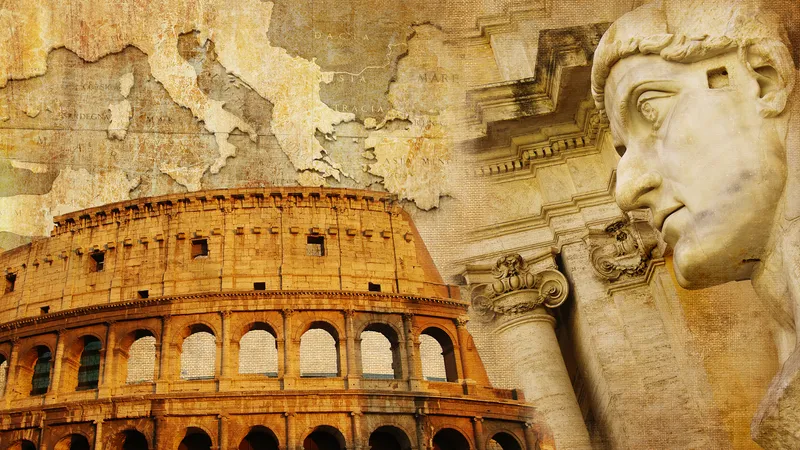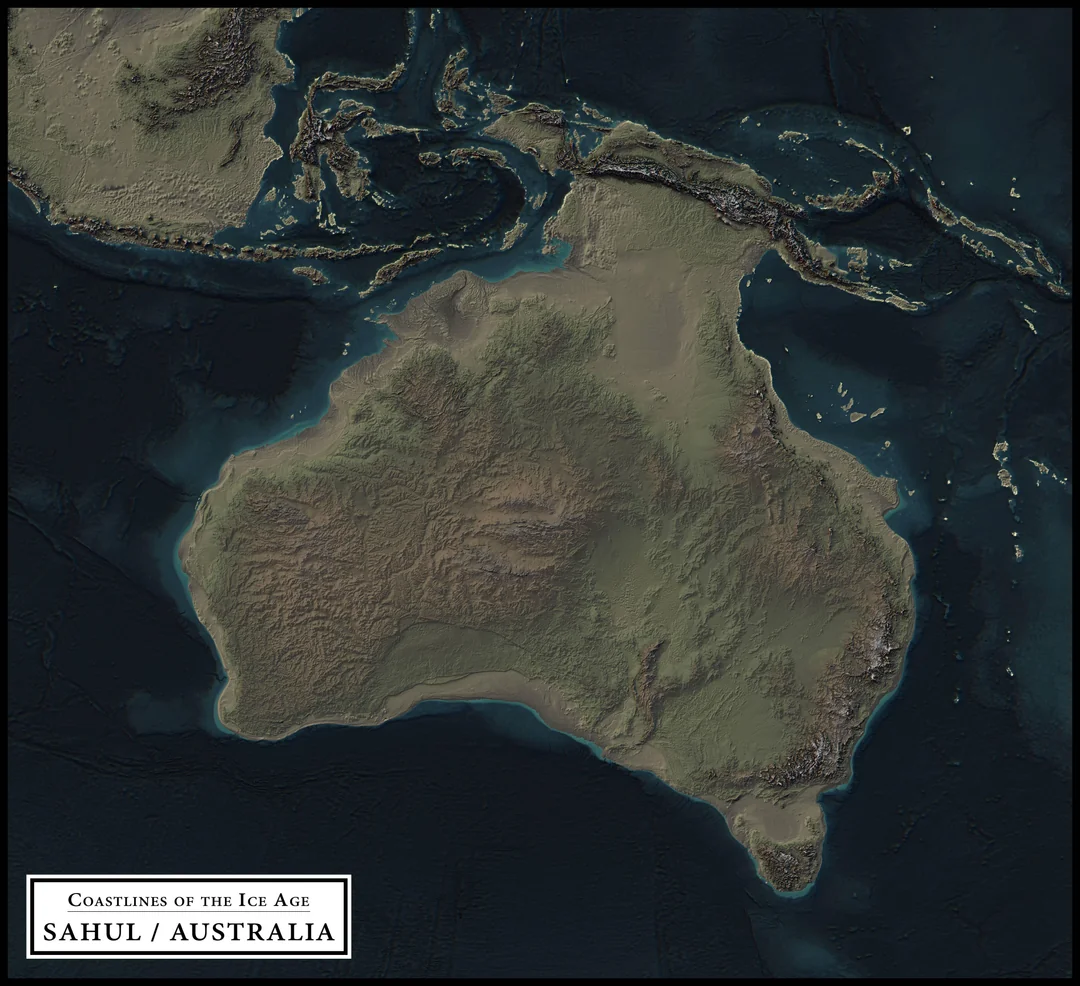The Roman Empire stands as one of the most influential civilizations in world history, shaping modern law, politics, architecture, and warfare. Its origins trace back to 27 BCE, when Octavian, later known as Augustus, became the first emperor after the fall of the Roman Republic. Under Augustus’ leadership, Rome transitioned into a powerful empire, ushering in the Pax Romana—a 200-year period of peace and prosperity that allowed culture, trade, and infrastructure to thrive.
At its height, the Roman Empire stretched across Europe, North Africa, and the Middle East, showcasing remarkable achievements such as the construction of roads, aqueducts, and monumental architecture like the Colosseum. Emperors like Trajan, Hadrian, and Marcus Aurelius expanded and stabilized the empire, promoting law, citizenship, and economic growth. Latin, the empire’s language, remains the root of many modern European languages, and Roman legal principles still influence global judicial systems today.
The empire’s decline began in the 3rd century CE due to political instability, economic troubles, and external invasions. In 476 CE, the Western Roman Empire officially fell, while the Eastern Roman Empire (Byzantine Empire) endured for nearly another 1,000 years. This historical overview, grounded in expert research and academic sources, highlights the Roman Empire’s enduring impact on global civilization, governance, and culture.




